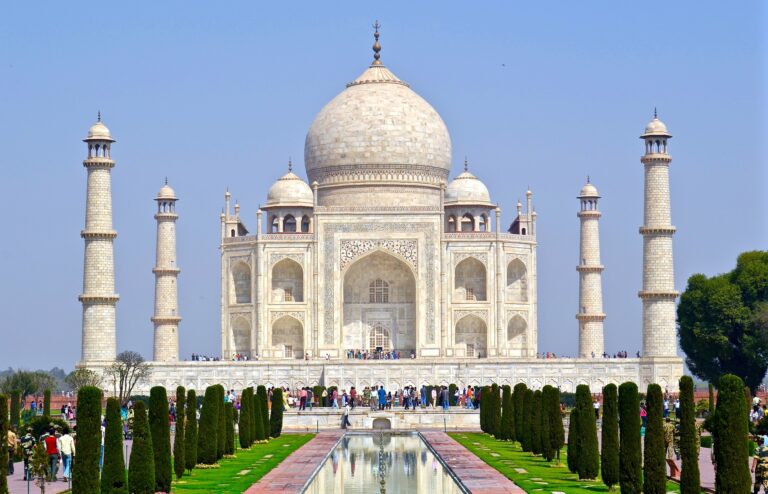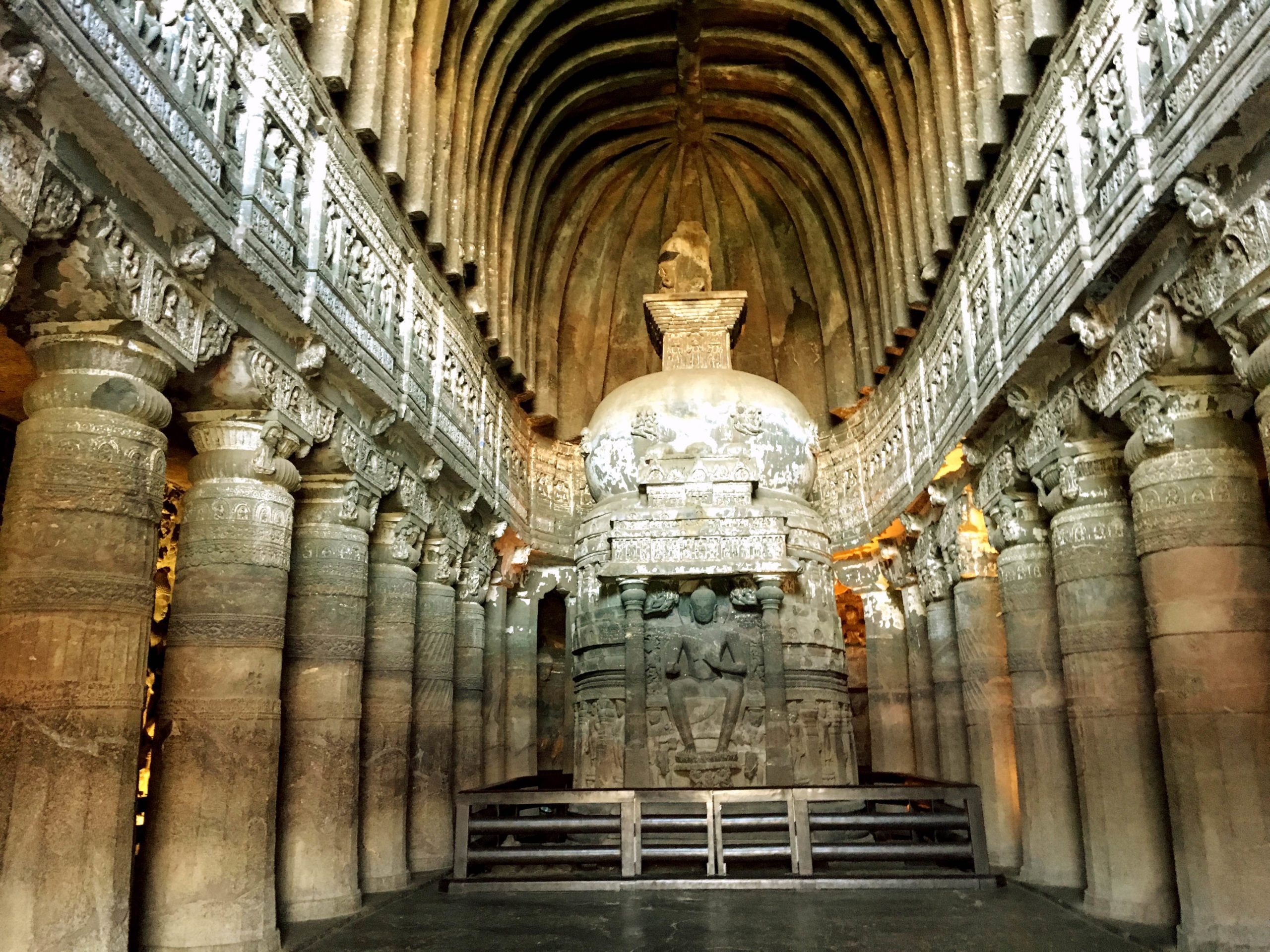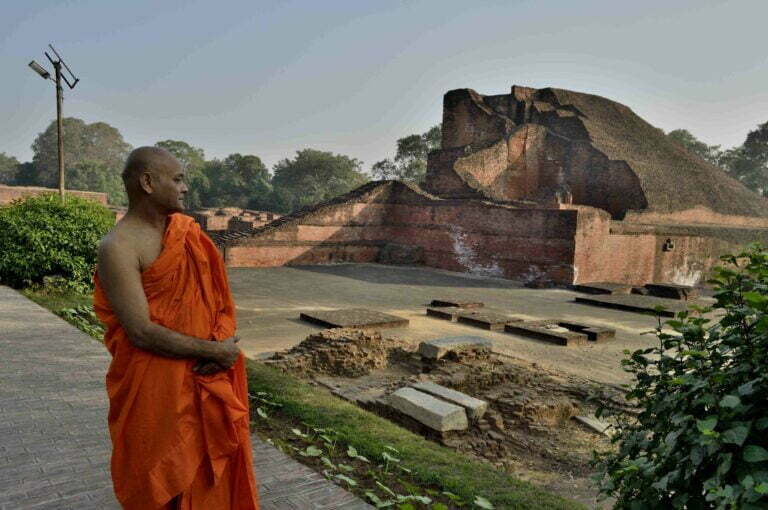
Nestled in the northeastern state of Assam, India, Kaziranga National Park stands as a beacon of conservation success and a testament to the rich biodiversity that graces the Indian subcontinent. Beyond the iconic one-horned rhinoceros, Kaziranga National Park boasts a diverse range of wildlife, making it a haven for nature enthusiasts and wildlife photographers. The park is inhabited by Bengal tigers, Asian elephants, wild water buffalo, swamp deer, and various species of deer. Its location in the floodplains of the Brahmaputra River contributes to its rich biodiversity, providing a unique ecosystem that supports an abundance of flora and fauna. The best time to visit Kaziranga National Park is during the dry season, typically from November to April. The dry season also presents an ideal opportunity for bird-watching enthusiasts, as Kaziranga is home to an impressive array of avian species, including migratory birds that visit during the winter months.

The Mahabodhi Temple Complex, located in Bodh Gaya, Bihar, India, stands as a testament to the profound spiritual journey of Siddhartha Gautama, who, under the Bodhi Tree, attained enlightenment and became the Buddha. This sacred pilgrimage site is one of the most revered in the Buddhist world, drawing millions of devotees and visitors each year. Believed to have been initially constructed by Emperor Ashoka in the 3rd century BCE, the Mahabodhi Temple Complex underwent subsequent modifications and renovations by various dynasties, including the Guptas and the Pala rulers. The temple’s architectural style reflects classical Indian design, characterized by a towering spire, intricate carvings, and a central tower that soars into the sky. The temple complex also includes a meditation garden, shrines, and a sacred pond, creating a serene environment conducive to contemplation. The Mahabodhi Temple Complex was inscribed as a UNESCO World Heritage Site in 2002, acknowledging its cultural and religious significance.

The Taj Mahal is a world-famous architectural masterpiece located in Agra, India. It is renowned for its stunning beauty and historical significance. As a paragon of Mughal architecture, an exquisite fusion of Indian, Persian, and Islamic styles, the Taj Mahal captivates with its well-balanced proportions and harmonious embellishments. Surrounding it are enchanting gardens, a museum, and twin mosques flanking the mausoleum. The main building is constructed using white marble, which was quarried from the nearby town of Makrana. The marble is adorned with semi-precious stones and intricate carvings. At its heart, a symmetrical garden unfolds, flanked by two oblong compartments. The mausoleum, a resplendent structure of white marble adorned with semiprecious stone inlay, graces one side, while the entrance gateway takes its place on the other. This complex also includes two red sandstone buildings: a mosque on one side, mirrored by an identical structure on the other. Here are some key facts about the Taj Mahal:

Ajanta Caves are on the left bank of the river Waghora in the hills of Ajanta, Maharashtra, India, and were a UNESCO World Heritage Site from 1983 onwards.

Indian heritage sites. Top 10 UNESCO world heritage sites in India. A World Heritage Site is a spot that is recorded by UNESCO for its exceptional social or actual importance. The rundown of World Heritage Sites is kept up with…

Nalanda University was one of the world’s first residential universities and a prominent center for learning and intellectual pursuits in ancient times. Its origins can be traced back to the Gupta period, around the 5th century CE, although it reached its zenith during the reign of the Palas in the 9th to 12th centuries. Founded by King Kumaragupta of the Gupta dynasty, Nalanda emerged as a renowned seat of learning, attracting scholars, students, and teachers from various parts of the world. It flourished as a Buddhist center of education and played a pivotal role in the development and dissemination of knowledge in fields such as philosophy, theology, logic, medicine, astronomy, and linguistics. The decline of Nalanda University began in the 12th century, with factors such as the Turkish invasions led by Bakhtiyar Khilji in 1193. The invading forces set fire to the university, destroying its magnificent structures and invaluable manuscripts.





